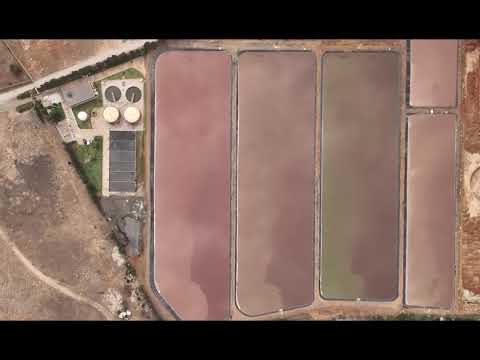
Drones have emerged as essential tools in environmental surveillance and preservation, offering significant benefits for monitoring environmental stations. They enable efficient data collection and improved resource management. Here’s how drones are making a difference in environmental station surveillance:
Rapid and Precise Data Collection
Drones equipped with specialized sensors can swiftly gather accurate environmental data such as air quality, water quality, pollution levels, and other environmental parameters. This quick data collection facilitates a rapid response to any arising issues.
Overflying Hard-to-Access Areas
Environmental stations are often located in remote or difficult-to-access areas. Drones can fly over these areas to collect data without endangering personnel, providing information from places where human access is limited or hazardous.
Regular and Scheduled Surveillance
Drones can be programmed for regular flyovers of environmental stations, ensuring continuous surveillance. This capability allows for the quick detection of any environmental changes, whether due to human activities or natural phenomena.
Drone for Mapping and 3D Modeling
Drones can create maps and 3D models of the environmental area, enhancing understanding of the site’s topography and features. This aids in planning and making informed decisions for environmental conservation.
Drone for Mapping and 3D Modeling
Drones can create maps and 3D models of the environmental area, enhancing understanding of the site’s topography and features. This aids in planning and making informed decisions for environmental conservation.
Wildlife and Flora Monitoring
Drones are used to monitor wildlife and flora around environmental stations, improving understanding of the ecosystem, detecting threatened species, and implementing appropriate conservation measures.
Rapid Response in Case of Emergency
In the event of an environmental emergency, such as a chemical leak or accidental pollution, drones can be quickly deployed to assess the situation and guide rescue and cleanup operations.
Conclusion
Drones revolutionize environmental station surveillance by providing accurate, rapid, and frequent data. They enhance environmental management, allowing for proactive problem response and effective conservation of natural resources. With their versatility and efficiency, drones have become indispensable tools for ensuring a sustainable future.

